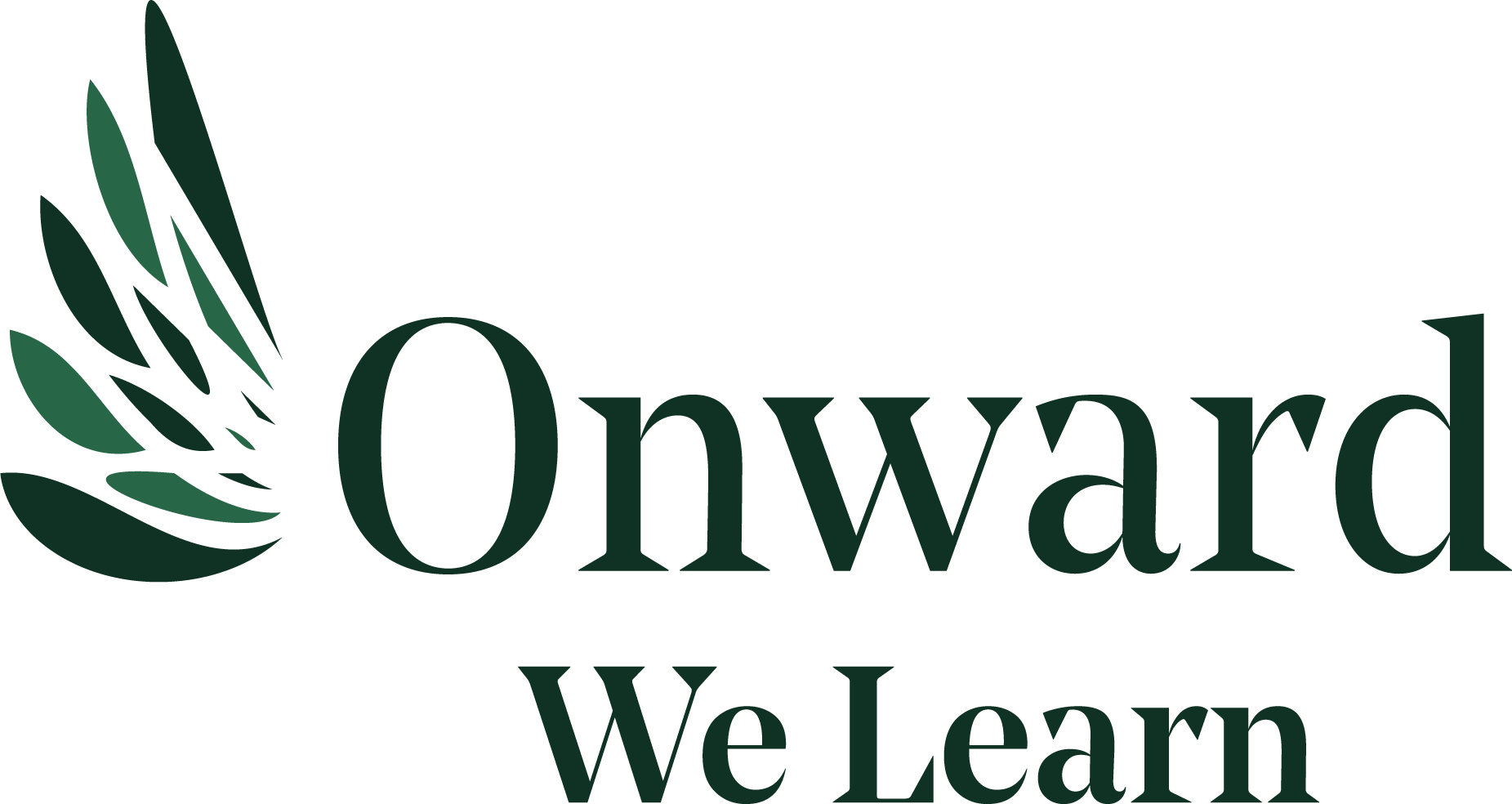Gael Sosa, a junior business accounting major at the University of Rhode Island, said he wouldn’t be able to attend college without his maximum Pell Grant award.
“Essentially it was my only reason to go to college,” he said.
But even with his Pell Grant, plus subsidized and unsubsidized loans, he still has a $2,000 gap to pay. He covers it by working at a campus dining hall, but he lost that job when campus closed because of COVID-19 this spring. Now he works third shift at Honeywell.
“If I don’t receive the grant, I’m not going to college because it’s just way too expensive. The only reason I’m even allowed to go is the Pell Grant,” he said. “It’s been such a great thing for me to have this grant.”
The College Crusade is a member of the National College Attainment Network, which is advocating that Congress double the amount of the maximum Pell award to $12,690 per year in the next COVID relief package. This would cover about 50 percent of the cost of attending a public four-year college like URI.
The maximum Pell Grant right now covers roughly 28% of the average cost of tuition, fees and living expenses for a four-year public university versus 79% at its historic high in 1975-76. That doesn’t surprise Sosa. “From what I’ve read, like 15 years ago the price of college wasn’t as expensive but when you look at the percentage of how much tuition has increased, it’s just amazing. It’s limiting students from going to college. If their parents don’t earn enough, they’ll have to get a job or find another way.”
He spoke about a friend who attended URI for two semesters before something happened with his financial aid that left him with a $20,000 bill. “He had to drop out entirely because he couldn’t afford to keep going,” he said. “You’d have to have a full-time job just to pay that tuition.”
Doubling Pell is necessary, he said, because of what it could mean for many students. “If more people had access to it, you’d see more people go to college and graduating with a degree,” he said. “We’d see a lot more students entering college because they’re getting such a decent amount of money. And that would better the future of the United States.”
Even before the COVID crisis, college affordability has significantly declined in recent years, according to NCAN’s research.
The Classical High School graduate said the rising cost made him reconsider attending. “When you look at the college prices, you’re like how am I ever going to pay that? Especially when you take out a lot of loans and the interest rate is so high,” he said. “As a business major, I think about the numbers and it’s going to be way too much. You hear stories about people spending the rest of their lives paying student loans.”
Sosa estimates he will graduate with about $24,000 of college debt. He said doubling the amount of the maximum Pell award would relieve a lot of his stress surrounding paying for college.
“I wouldn’t need to be working all semester. I’d be able to put more time into my studies and not worry about that overlooming thought of debt after college,” he said. “I’d have so many more options – maybe not even use any loans entirely and not have to rack up my bill so much.”
